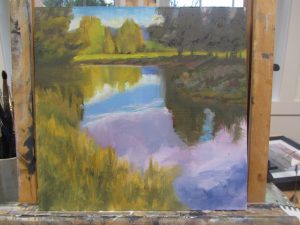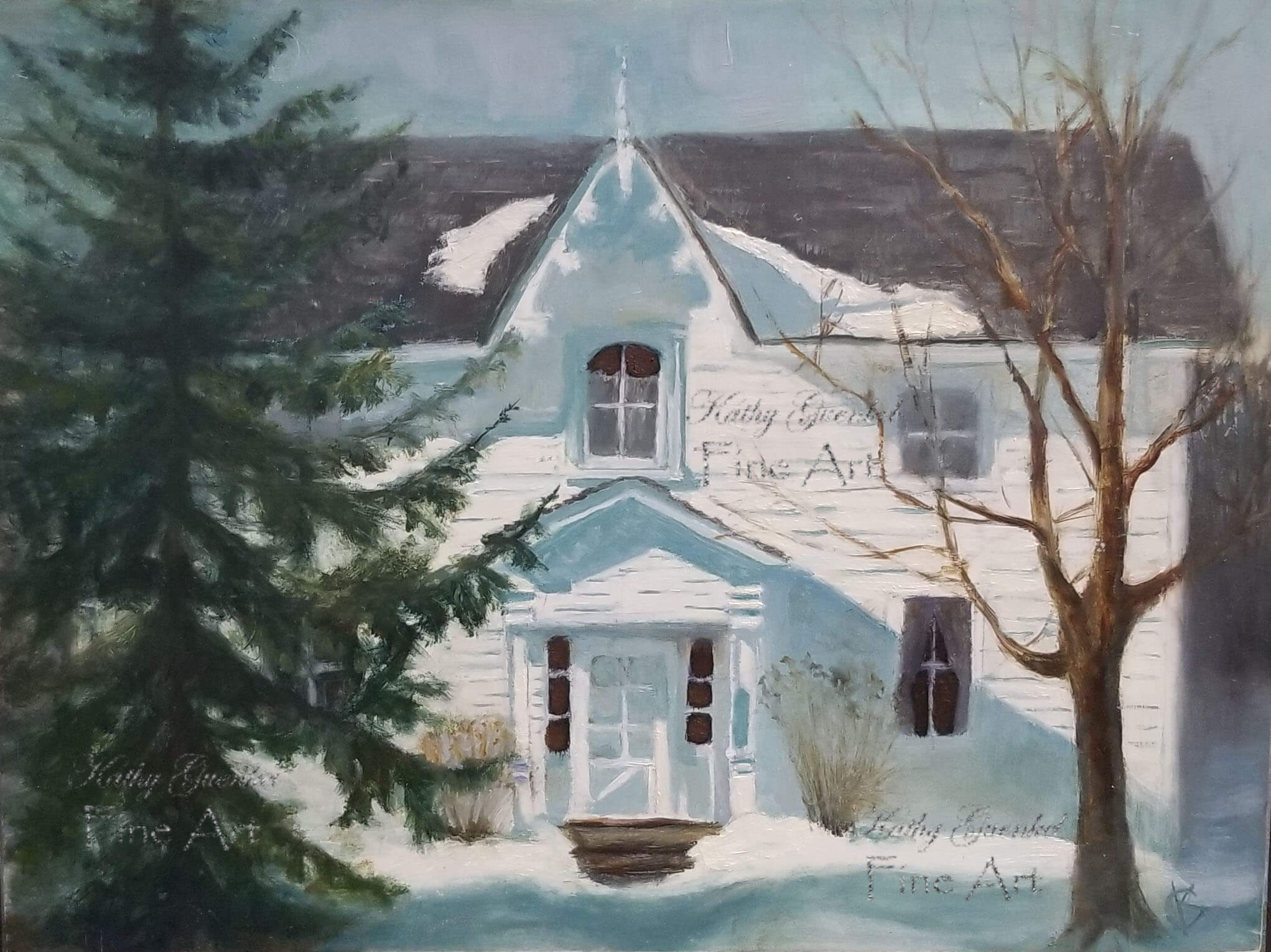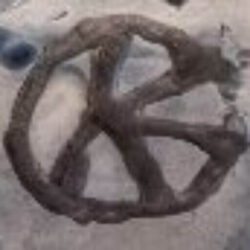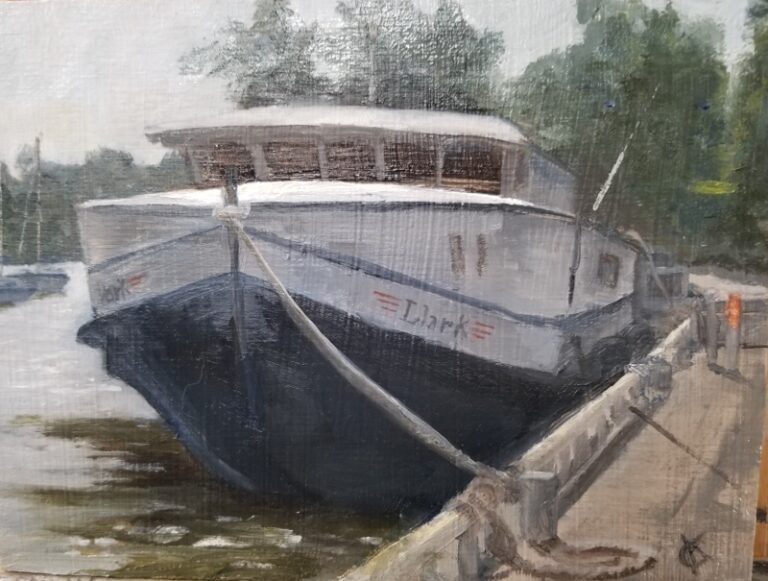
What are you doing in the studio these days? People who don’t paint expect a list of works to roll of your tongue. My answer tends to throw them a little. I say simply, “I’m practicing”. If I were playing a musical instrument, even someone who’s tone deaf would nod knowingly and mumble “Oh yeah, huh”.
Musicians and visual artists even have similar vocabulary. When I took piano lessons growing up, theory was a separate class and there I learned about changing the key, composition and ear training. This augmented the physical practice of scales and chords, which trained my hands to find the right notes. If I made a mistake in practice, I only offended those within earshot and so my work evaporated into the atmosphere.
Learning to paint has eye training to assist in the production of the right visual notes. Colour chords and keys depend on the hand eye coordination too. The record of the work is often incomplete but records the struggle nonetheless and so is worth keeping but not showing to anyone else necessarily! Often, it disappears into the waste basket.
Lately, I’ve decided to change my palette; the group of pigments that produce key and colour chords and to work on composition. As is traditional, I practice the compositions of artists I admire and have done so many times over the years. ( This one is inspired by Ian Roberts).
That’s what I’m posting today, one record of the changes that will eventually take their place in new work.


